Outrank Competitors: Rank Higher with Listing Optimization on Etsy
About the Client Shop Name: CrystalHealStore Marketplace: Etsy Focus: Bohemian & Ayurvedic-Inspired Fashion Location: Global
As the holiday season approaches, eCommerce businesses are gearing up for one of the busiest and most profitable times of the year. Among the myriad strategies to connect with customers and boost sales, email marketing campaigns stand out as a powerful and versatile tool. Whether you’re selling on Amazon, Shopify, or both platforms, a well-executed email marketing strategy can help you engage with your audience, showcase your holiday offerings, and drive revenue during this festive period.
Delve into the art of crafting effective holiday email marketing campaigns that resonate with your customers, whether they’re browsing your products on Amazon or visiting your Shopify store. Also, explore strategies, best practices, and platform-specific tips to ensure your email marketing efforts shine during this crucial season.
Email marketing is a cornerstone of eCommerce success, offering a direct line of communication to your customers. However, harnessing the full potential of email marketing, especially during the holiday season, requires a strategic approach. Before delving into the holiday-specific strategies, let’s understand why email marketing is a vital tool for eCommerce businesses throughout the year:
Driving Website Traffic: Email campaigns can include digests with blog articles, guiding subscribers to your website for informative content. This not only boosts website traffic but also establishes your brand as a valuable resource.
Promoting Special Offers: Emails can attract attention to special offers, discounts, and events. This is particularly crucial during the holiday season when consumers actively seek deals.
Supporting Sales Funnel: Emails can nurture customers at every stage of the sales funnel. They confirm completed actions (e.g., sign-ups or purchases) and encourage customers to take the next step, ultimately driving more sales.
Upselling: Through email marketing, you can draw customers’ attention to more expensive or complementary items, increasing the average order value.
Fostering Relationships: Personalized recommendations, follow-ups, loyalty programs, and transactional emails help build strong customer relationships, resulting in repeat business and brand loyalty.
Now, let’s explore how these principles and strategies can be applied specifically to Amazon and Shopify sellers during the holiday season.
Email marketing is a potent tool for Amazon sellers, even though they operate within Amazon’s ecosystem. Here’s how email marketing can boost Amazon’s businesses:
Now, let’s dive into the specific types of emails that Amazon sellers can use effectively:
Timing: After the first purchase.
Purpose: Introduce customers to your brand, showcase your Amazon offerings, and motivate them to engage further.
Timing: After purchase.
Purpose: Encourage customers to leave reviews, improving product visibility and credibility.
Timing: On customers’ birthdays.
Purpose: Strengthen customer relationships by showing appreciation, potentially leading to increased loyalty.
Timing: Post-purchase.
Purpose: Express gratitude and foster goodwill, encouraging repeat purchases and brand loyalty.
To harness the power of email marketing as an Amazon seller, follow these steps:
Amazon provides tools like Customer Engagement, enabling sellers to send emails to users who follow their brand page. These emails can include new product announcements, deals, and event guides.
Amazon doesn’t allow direct email list building, so create your list outside of Amazon. Consider starting a blog, offering exclusive content, or leveraging social media to attract subscribers.
Define your campaign goals, target audience, and email types based on your objectives. Use the SMART framework for setting specific, measurable, achievable, relevant, and time-bound goals.
Ensure subject lines are concise and clear, optimize loading times for media, design for mobile devices, improve email deliverability, and segment your email list for better targeting.
Experiment with email subject lines, CTAs, content, and design to identify what resonates best with your audience and improve campaign performance.
In the ever-evolving realm of eCommerce, fostering genuine connections with customers emerges as a central aspiration for sellers. Recognizing this critical need, Amazon introduced a game-changing tool known as Amazon Tailored Audiences, designed to empower sellers in cultivating stronger brand relationships and amplifying customer lifetime value.
While Amazon has undeniably excelled in acquiring new customers for sellers, an insistent demand surfaced for enhanced tools to nurture relationships with existing customers. This feedback acted as the catalyst for the creation of Amazon Tailored Audiences.
Amazon Tailored Audiences stands as a user-friendly and complementary tool, seamlessly integrated within the Customer Engagement feature in Seller Central. It equips sellers with a collection of ready-to-use email templates and sophisticated segmentation capabilities, thereby enabling them to actively engage with customers by showcasing new products, extending exclusive offers, and promoting repeat purchases.
With the introduction of Tailored Audiences, sellers can extend their outreach beyond their loyal brand followers and establish connections with three distinct customer segments who have previously made purchases from their Amazon Store:
This expansion beyond the confines of brand followers provides sellers with a golden opportunity to nurture relationships with their most valuable customers and drive repeat business with precision.
Amazon Tailored Audiences empowers sellers with a host of invaluable benefits and capabilities:
As of the present, Amazon Tailored Audiences is in the beta testing phase, with a full-scale rollout slated within the next six months. In its initial phase, this feature will be extended to all US-based sellers who have registered their brands within the past 12 months.
While a global launch remains unconfirmed at this juncture, sellers operating within the European Union are encouraged to stay vigilant for forthcoming updates.
To qualify for participation in Tailored Audiences, your brand must meet specific criteria, including:
Unlock the potential of Amazon Tailored Audiences and revolutionize your customer engagement strategy, fostering lasting brand relationships and driving repeat business with precision.
As a Shopify seller, you’re undoubtedly aware of the importance of staying ahead in the digital marketplace. In this pursuit, there’s one powerful tool that can significantly elevate your eCommerce game: email marketing.
Email marketing isn’t just about sending promotional messages; it’s a dynamic strategy that, when wielded effectively, can drive traffic, boost sales, and foster long-lasting customer relationships. Whether you’re an established Shopify seller or just embarking on your eCommerce journey, the holiday season presents a golden opportunity to harness the potential of email marketing to its fullest.
Your Shopify store likely offers something unique that sets it apart from the competition. Utilize email marketing campaigns to effectively communicate these distinctive value propositions to your audience. Here’s how:
Abandoned carts are a common challenge for eCommerce stores, but Shopify offers robust tools to address this issue. During the holiday season, consider customizing your abandoned cart recovery emails to maximize their effectiveness:
Building customer loyalty is essential for long-term success in eCommerce. Email marketing can be a powerful tool to encourage customers to sign up for loyalty programs on your Shopify site:
Expanding your email subscriber list is crucial for growing your eCommerce business. Here’s how to effectively capture email sign-ups on your Shopify store:
As the curtain rises on the holiday season, eCommerce businesses find themselves in the spotlight, ready to captivate customers and maximize their profits. Among the myriad strategies available, email marketing campaigns shine as a versatile and formidable tool. Whether you’re a seller on Amazon, Shopify, or both platforms, crafting and executing well-thought-out email marketing campaigns can be the key to connecting with your audience, showcasing your holiday offerings, and driving revenue during this festive period.

About the Client Shop Name: CrystalHealStore Marketplace: Etsy Focus: Bohemian & Ayurvedic-Inspired Fashion Location: Global
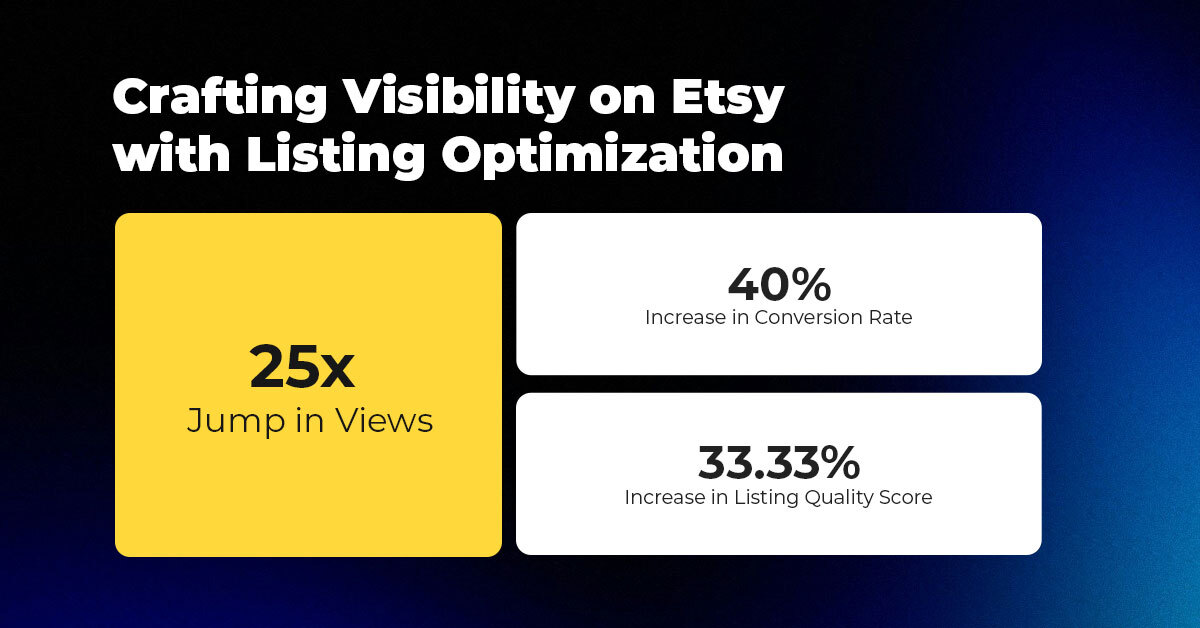
About the Client Shop Name: PinwheelCraftsStore Marketplace: Etsy Focus: DIY Craft Kits for Kids Location:

It just took one Black Friday crash for Gymshark to realize their growth had outpaced
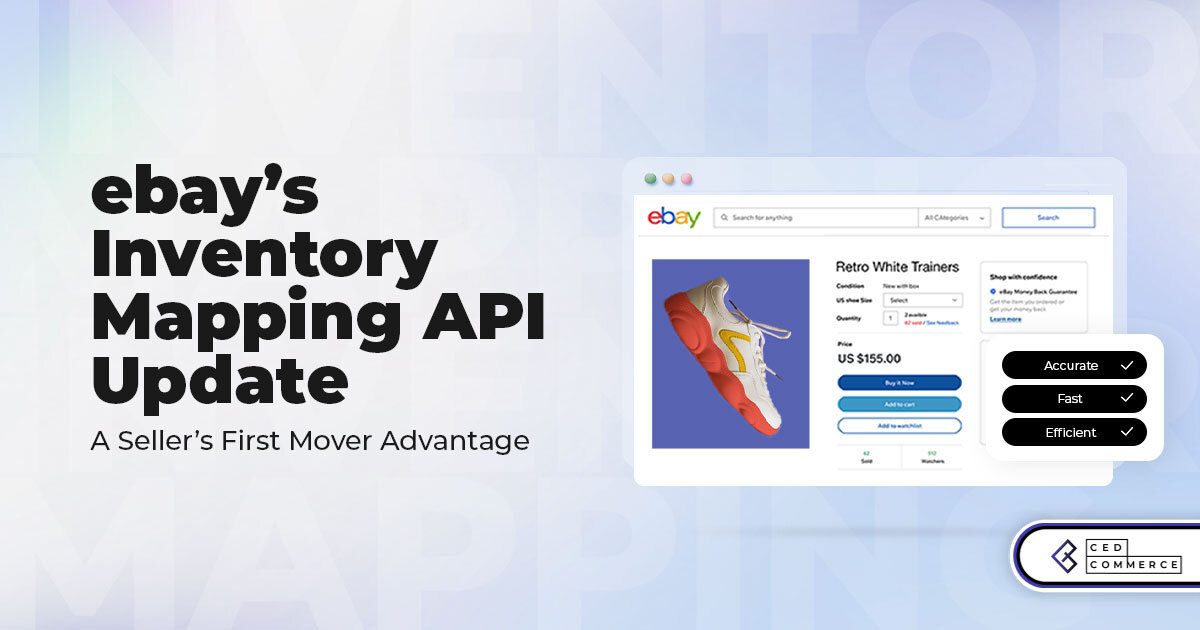
It takes on average 5 to 10 minutes to list a single product on the
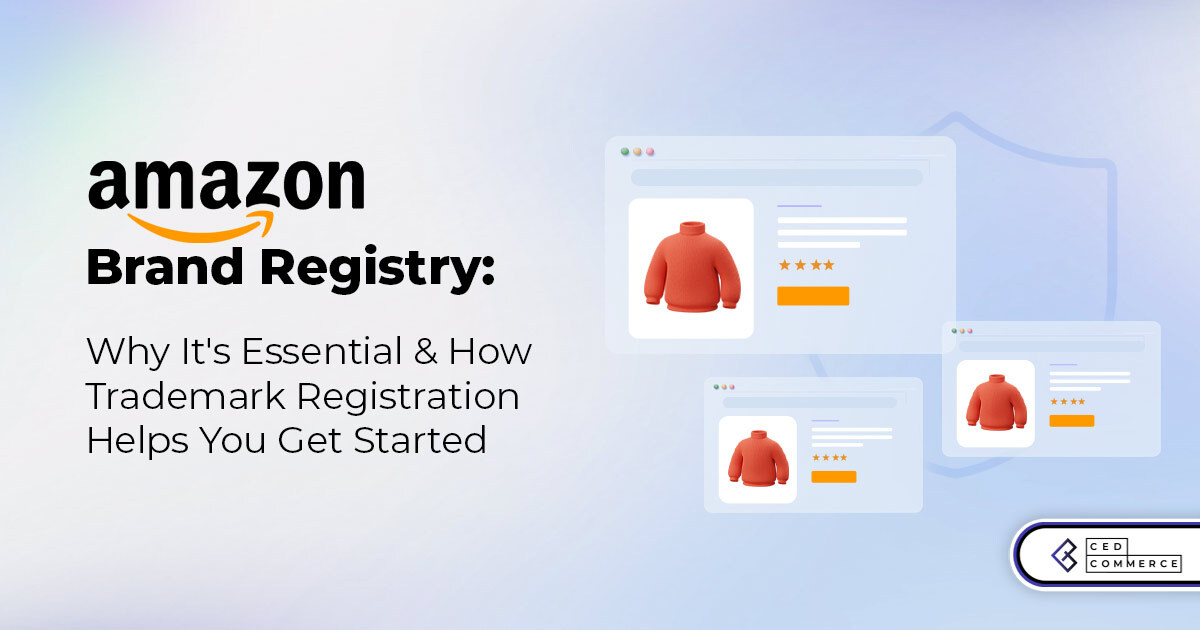
With millions of sellers on Amazon, protecting your brand has never been more important. Counterfeit
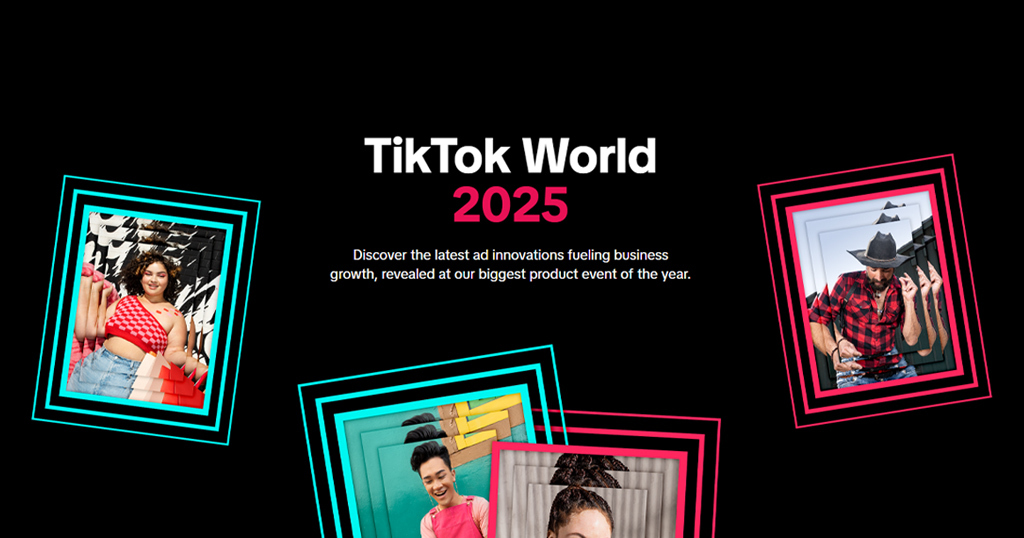
TikTok isn’t just setting trends anymore — it’s rewriting the playbook for performance marketing, creative
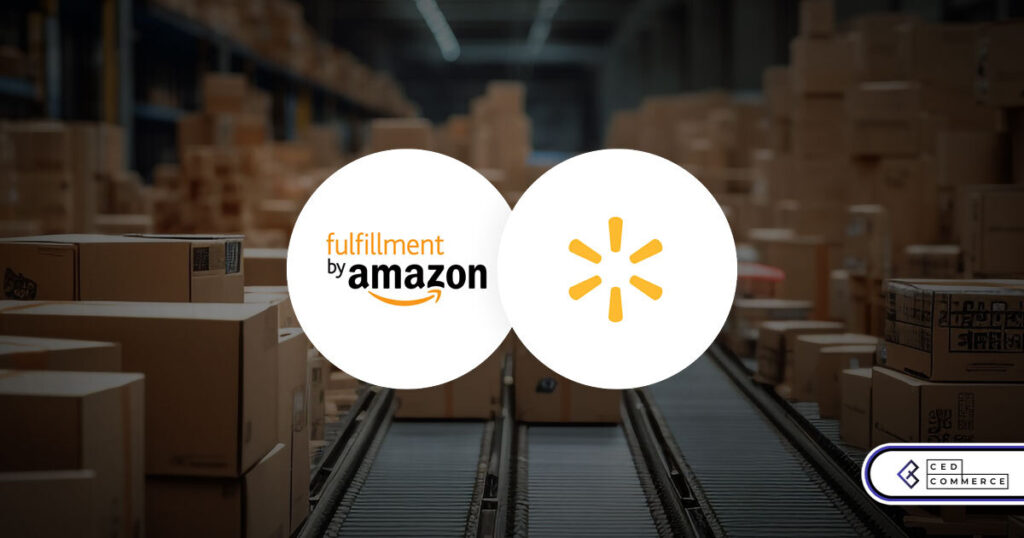
In a significant development for online retailers, Walmart has officially updated its policies to permit
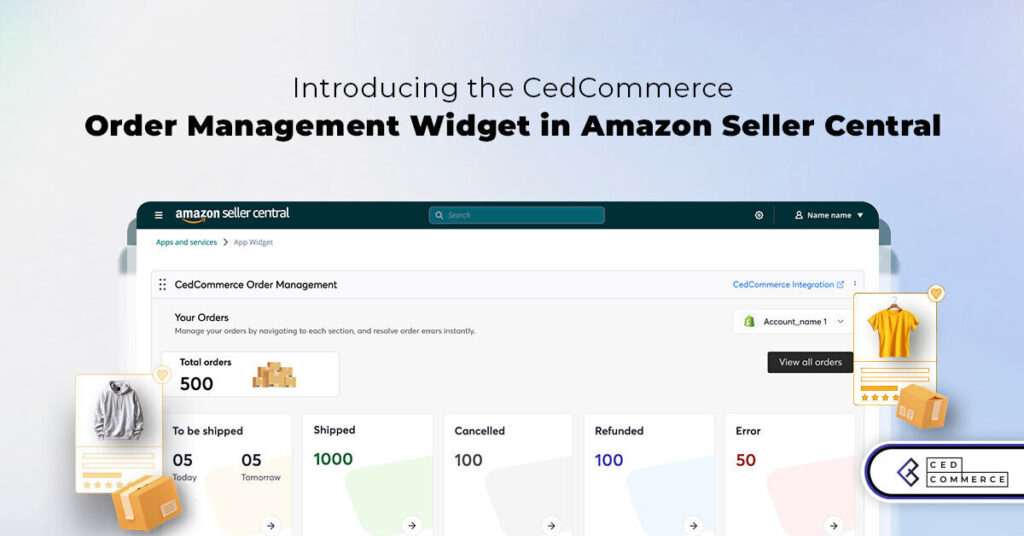
Are you encountering issues with Amazon order management across various sales channels? If so, everyday
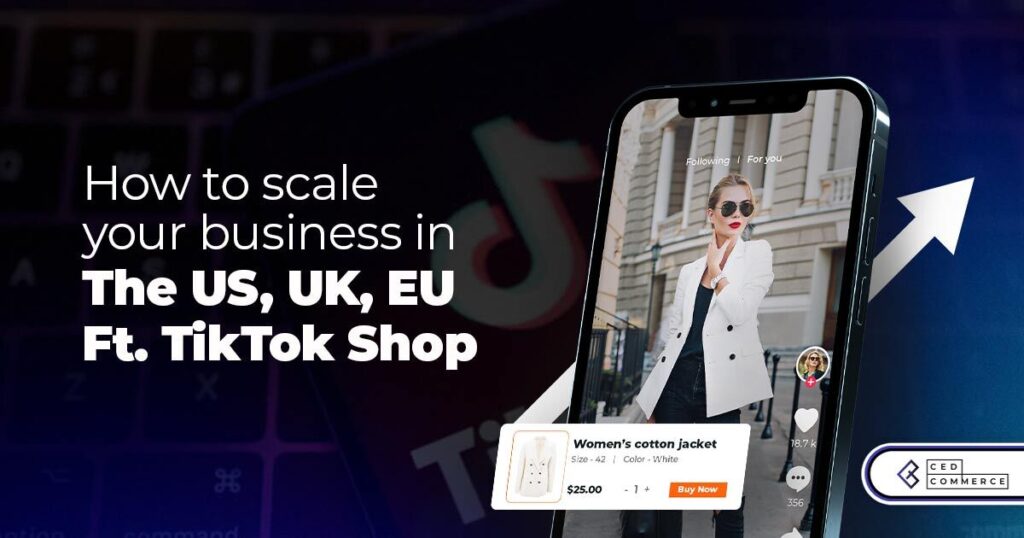
A Deep Dive into Selling Smart on TikTok Shop UK, TikTok Shop US, and TikTok
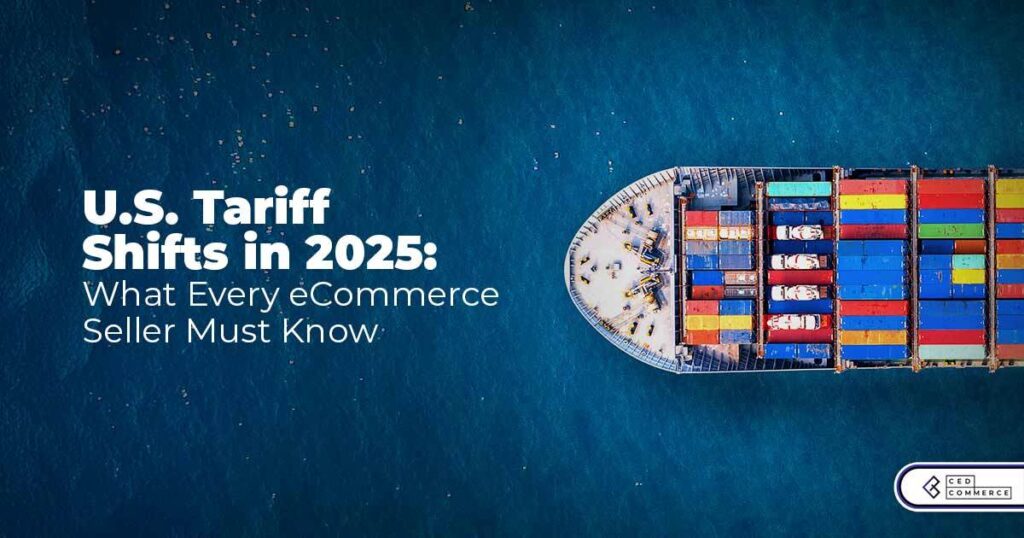
In a world where cross-border commerce fuels eCommerce growth, tariffs are no longer just policy
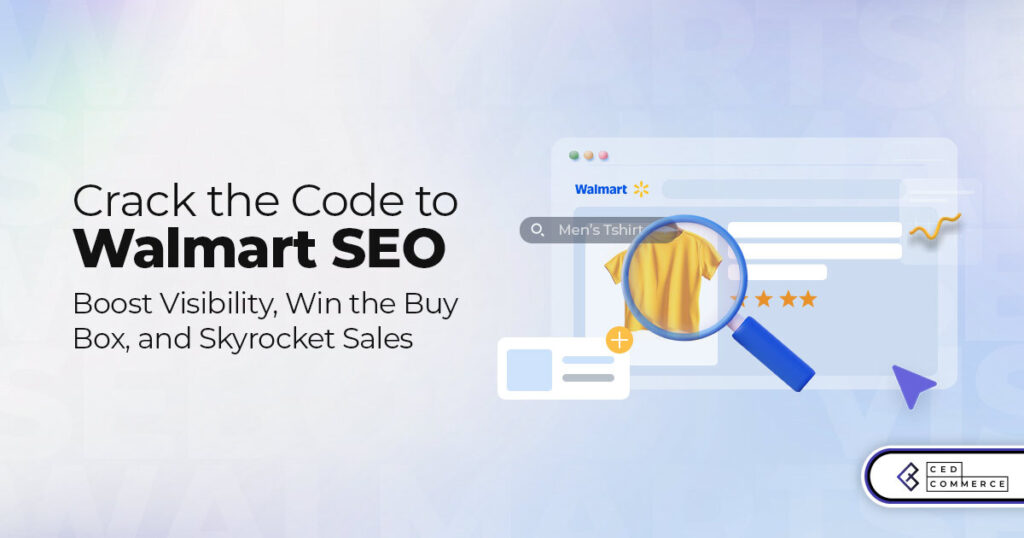
In the world of eCommerce, visibility is everything—and Walmart Marketplace is no exception. With thousands

In what comes as a major relief for TikTok and its millions of users in

In a move aimed at enhancing product quality and boosting buyer confidence, TikTok Shop has

Selling on Amazon offers immense opportunities, but one of the most crucial decisions sellers face
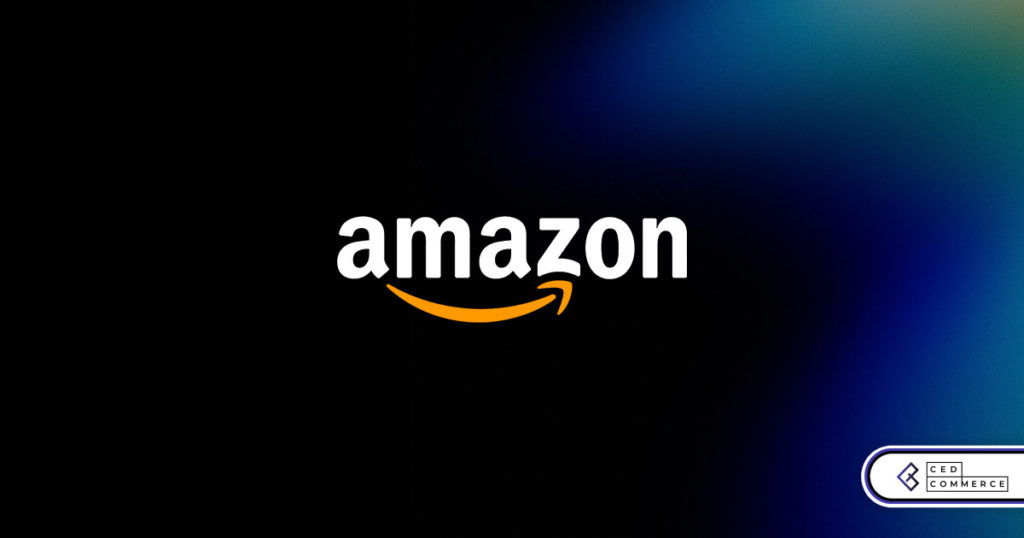
Amazon is doubling down on AI-driven selling tools, introducing a new AI-generated product enrichment pilot
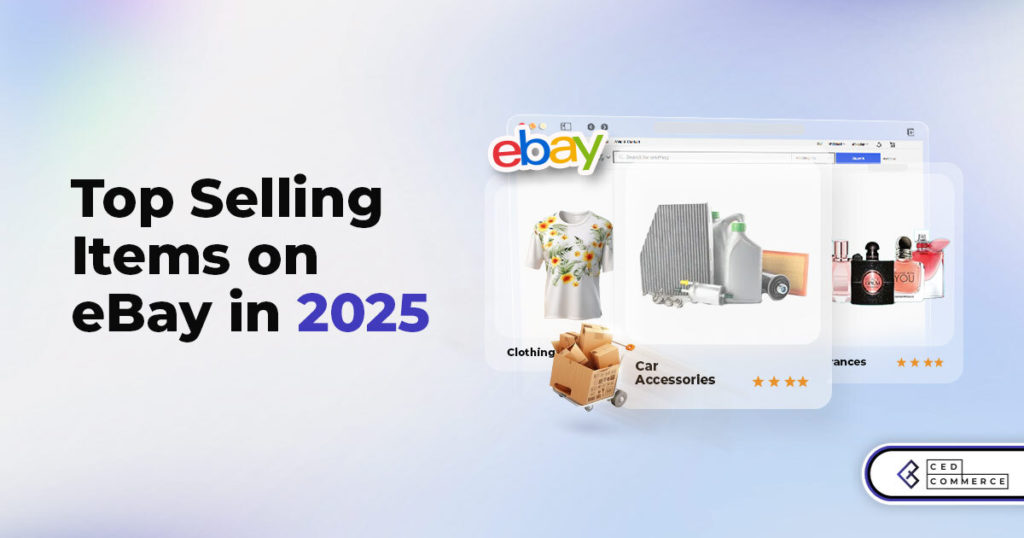
With over 17.6 million sellers on eBay marketplace, cracking the code behind the top selling
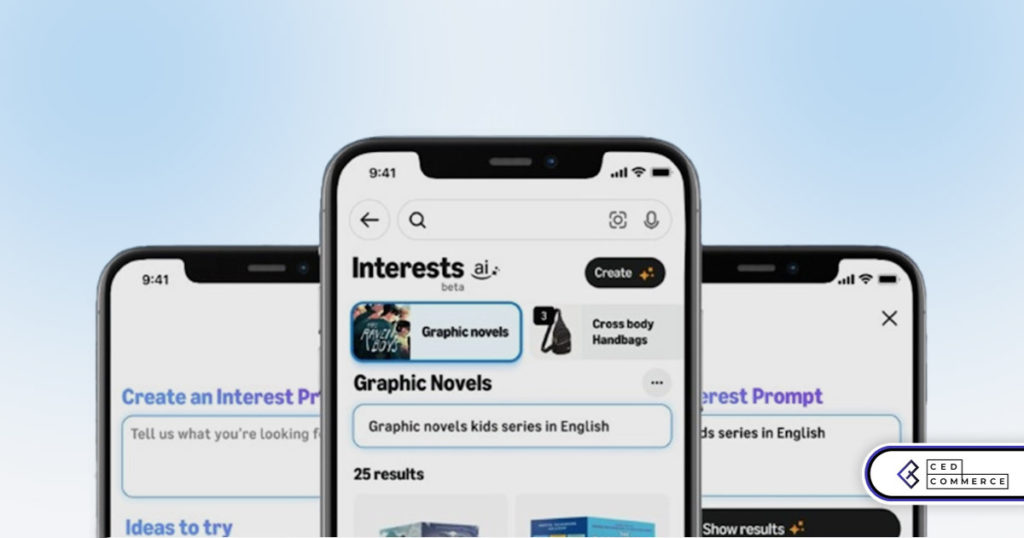
Amazon is doubling down on artificial intelligence, introducing the AI-powered ‘Interests’ feature that automatically finds
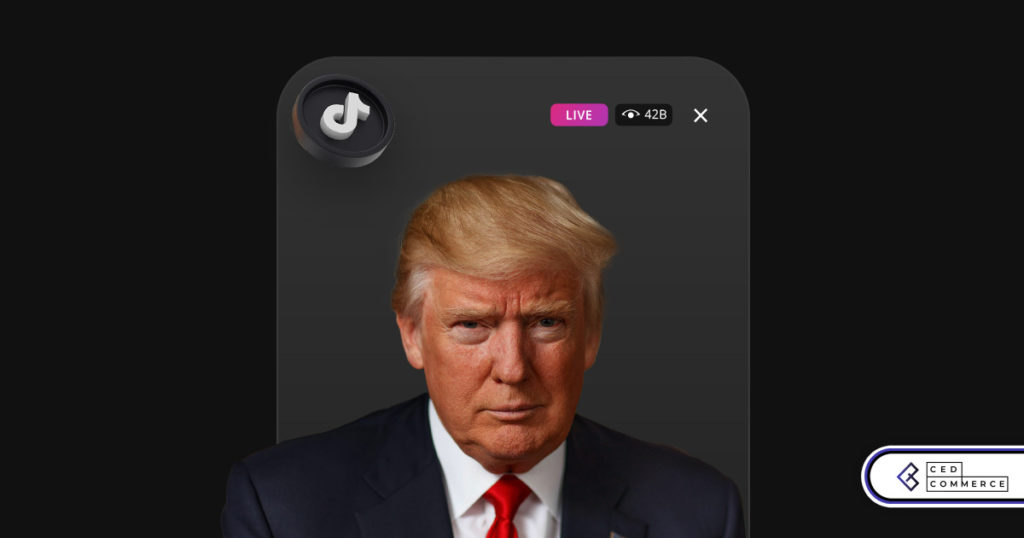
U.S. President Donald Trump has hinted that a TikTok deal is on track before the
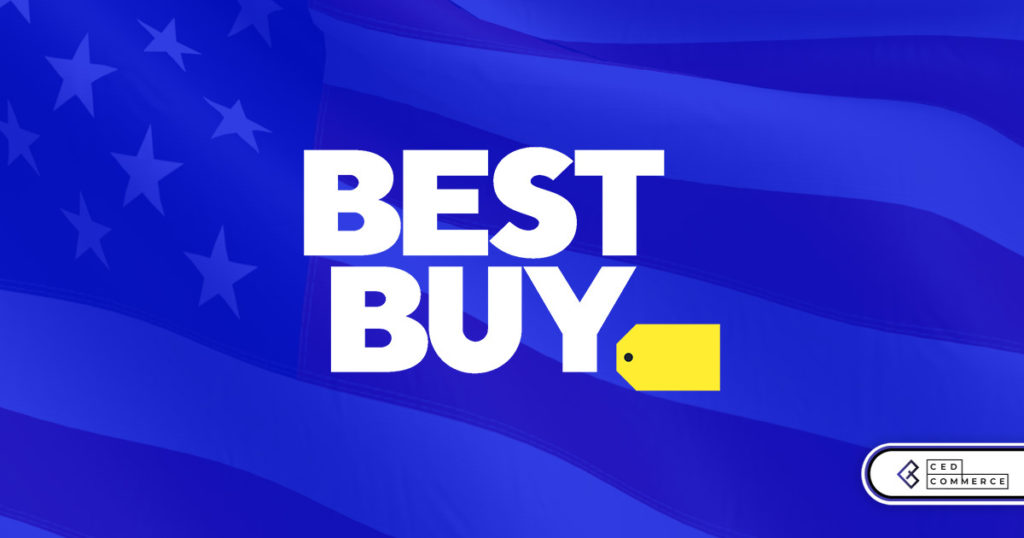
Nearly a decade after closing post its first attempt, Best Buy is returning to the

PrestaShop has long been a leading name in European eCommerce. With its flexibility, user-friendly interface,